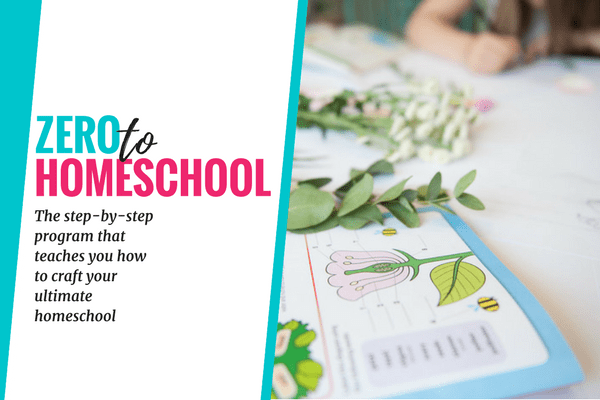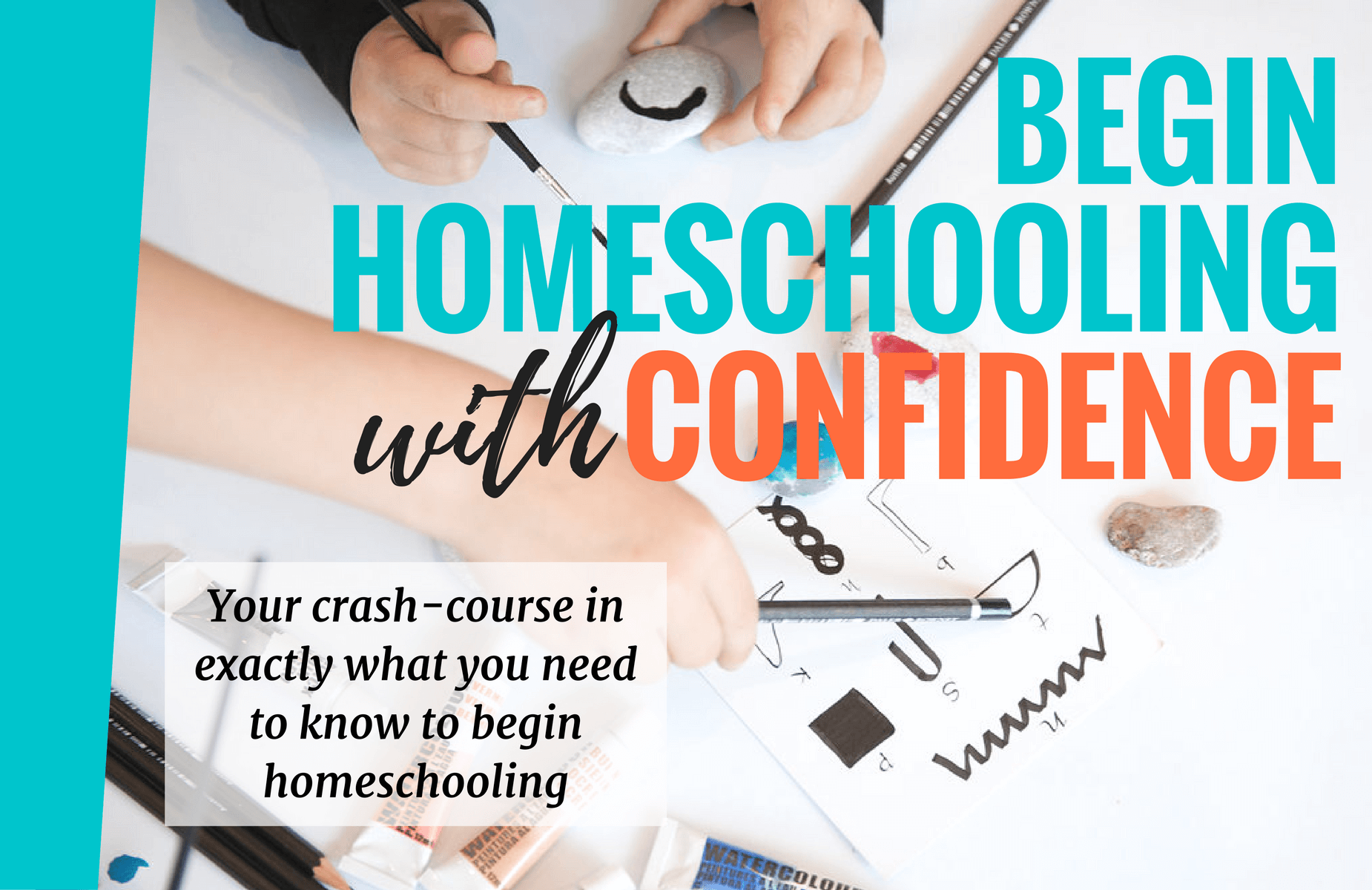
How to Create A Stress-Free Homeschool
Reading Time: 3 Min. 8 Seconds
I sat down late at night and did a google search of how to homeschool. I had no idea that there were (what felt like) a thousand different ways to teach my child. Terms like Classical, Montessori, Waldorf, Unschooling, Charlotte Mason, and Eclectic overwhelmed my thoughts.
I hadn’t even started researching state laws and I already feel overwhelmed. Why I thought, does this have to be so complicated? I stared at the screen feeling alone, discouraged, and wishing I had someone to help make sense of this mountain of information.
Have you ever felt the same way? Have you and your spouse talked about homeschooling but you are not sure where to start? Are you already homeschooling but it’s just not working and you can’t figure out why? Do you have questions about socialization, curriculum, schedules, and homeschool groups? Do you worry about how to teach your child subjects that you bombed as a kid?
I talk with moms who are overwhelmed, confused, and stressed out after attempting to wade through all of the homeschool information out there. There are so many different and often conflicting viewpoints that it can feel like trying to find a needle in a haystack.
Wouldn’t it be amazing if a veteran homeschool mom could walk beside you on this journey, simplifying all of the information out there into one spot? Someone who could help you to craft your ultimate homeschool experience while saving you hundreds if not thousands of dollars on useless curriculum, hours of stress and anxiety, and needless work?
1. Professional Development
2. What Is Zero To Homeschool?
3. Why I Love It
4. Why It Might Not Be A Good Fit

1. Professional Development
Many of us are coming from one-income families and we are trying to homeschool on a budget. We research, research, and research trying to make our resources stretch. An online course can seem like a luxury.
Please, don’t make the mistake of putting your ongoing education at the bottom of the priority list. As your child’s main teacher, you directly affect your homeschool environment. When you are confident and operating out of a proactive instead of reactive stance, it changes how you homeschool.
Invest in your ongoing education, and save yourself (and your kids) years, buckets of tears, and thousands of dollars trying to piece together a homeschool structure that works.
2. Overview of Zero To Homeschool
Zero to Homeschool is a step by step online course that empowers moms with the hands-on training to create a homeschool environment that is tailored to your family’s needs.
The course was created by a veteran homeschool mom; someone who answers your questions, encourages you in your role as a teacher, and fills you with the confidence you need to thrive as a homeschool mama.
The course is very comprehensive with 8 modules, 59 lessons, and three bonus workshops. The course is self-paced so you can take it at a time that works best for your schedule.
It teaches you everything from the importance of deschooling, knowing yourself and your family, homeschool styles and resources, how to plan your homeschool year, juggling home life and homeschooling, and so much more.
3. Why I Love It
I was blown away at how comprehensive the Zero to Homeschool course is. I kept startling my family, as I went through each module, yelling, “YES!” to each main point.
I just did Module 3 of Zero to Homeschool and I learned a lot. Now instead of allowing myself to get spread too thin with all the things we could do, I was able to refocus on our family’s key priorities.
What I love is that this course is honest about the strengths and pitfalls of homeschooling. Kelly, the course creator, takes an overwhelming subject and simplifies it into bite-size pieces. I also love that it’s not just lessons but also practical activities that help you apply what you have learned to your homeschool.
For instance, she includes follow up questions to talk about the material with your spouse or friend. She also includes additional articles, and e-books so you can dive down deep into topics that might interest you.
4. Why It Might Not Be Right For You
- If your homeschool is doing well. Woohoo! Go You!
- If you are drawn to a very structured approach to homeschooling.
Are you wondering HOW do you actually get started homeschooling? Join our community of moms who want to invest in the lives of their children through homeschooling. I also created a 10 Tips to Finding Excellent Curriculum form to help you on your journey.
What about you? What is the #1 thing in Homeschooling that is most challenging for you? Leave a comment, and don’t forget to follow Most Important Work on Pinterest!























